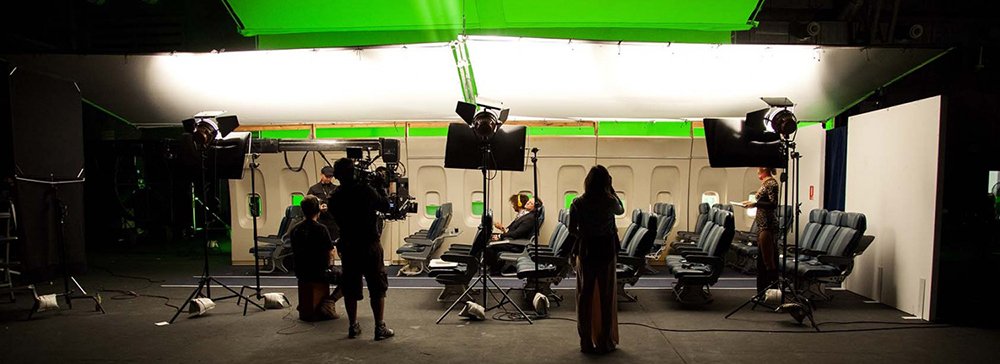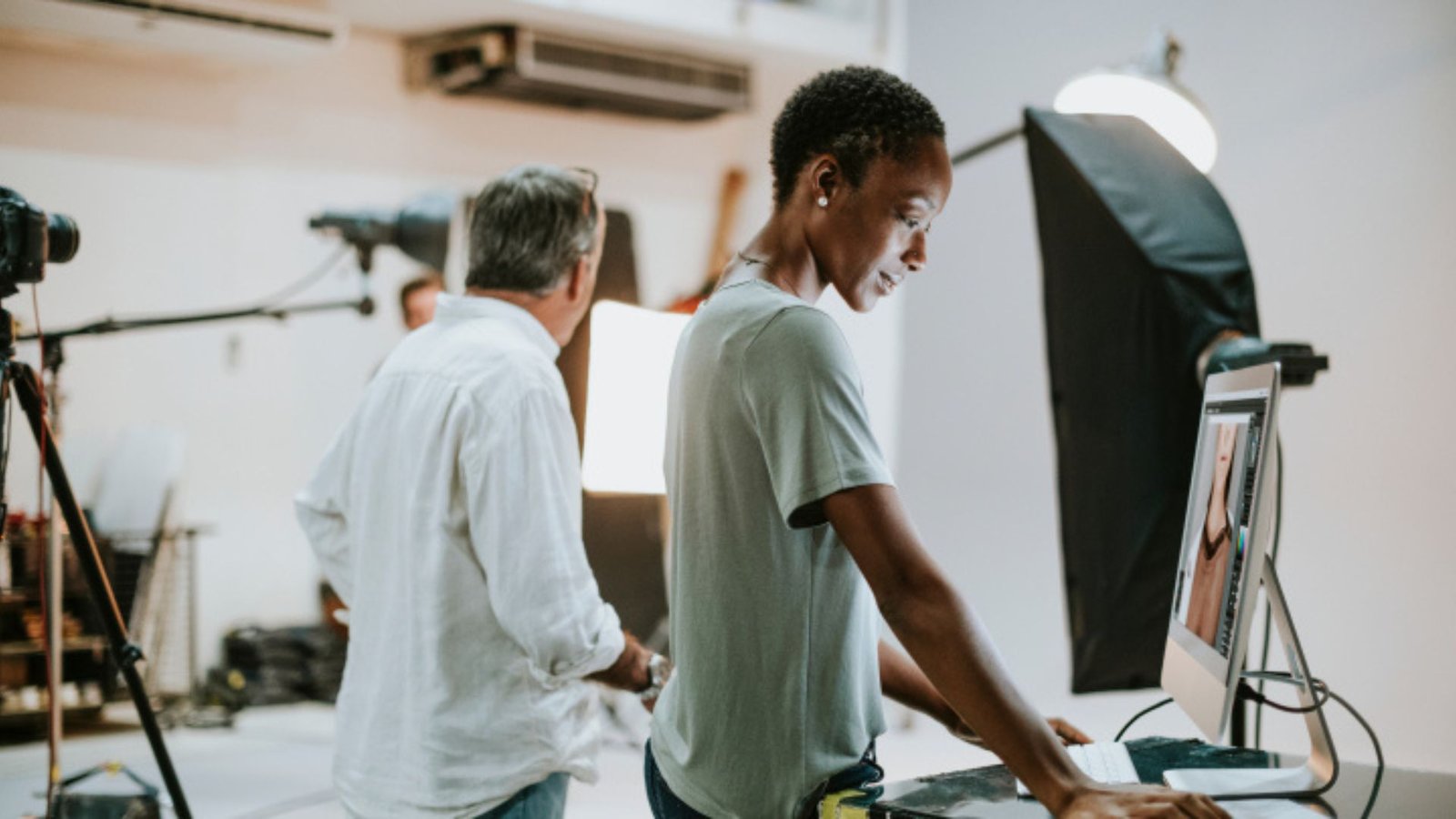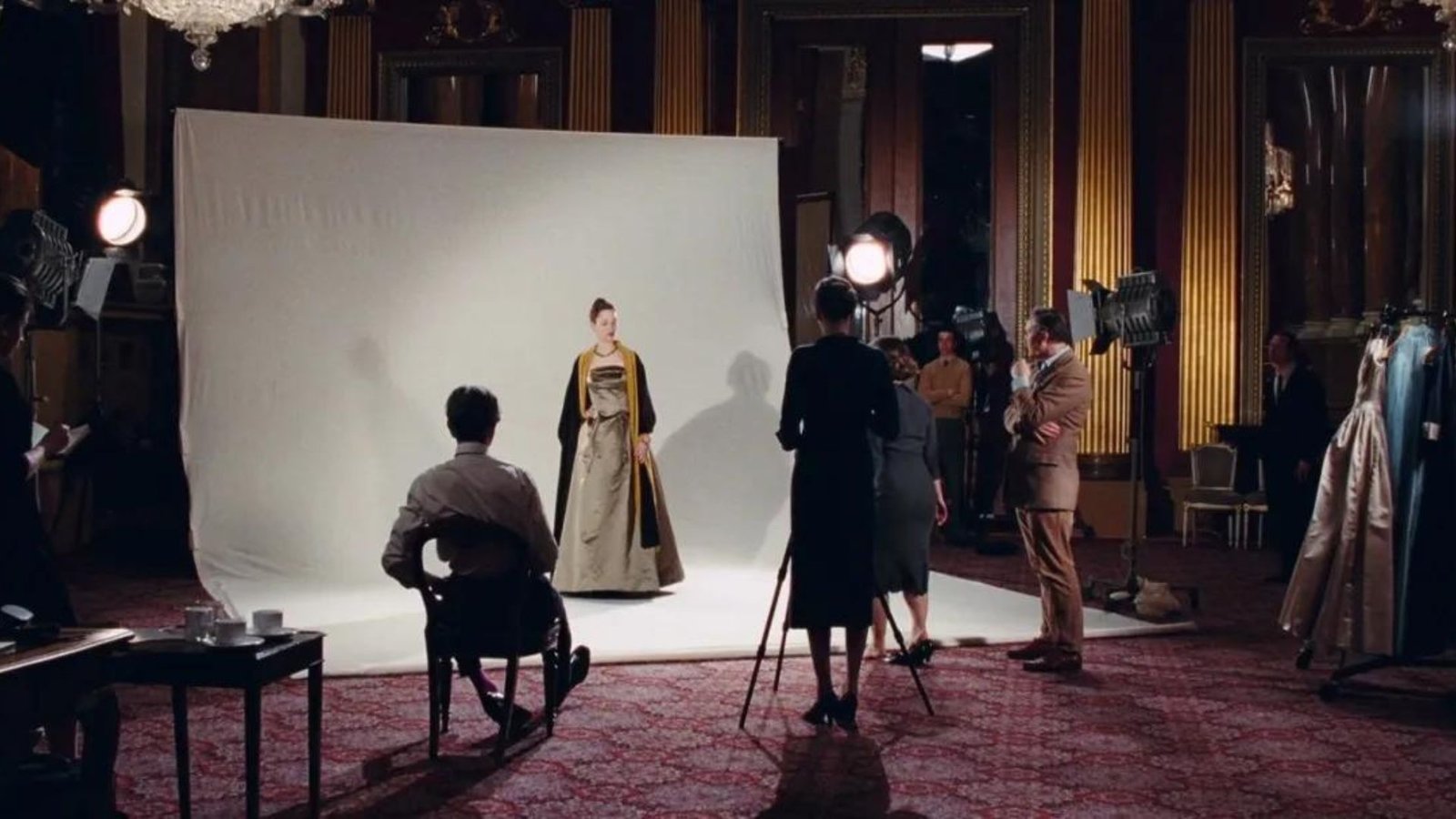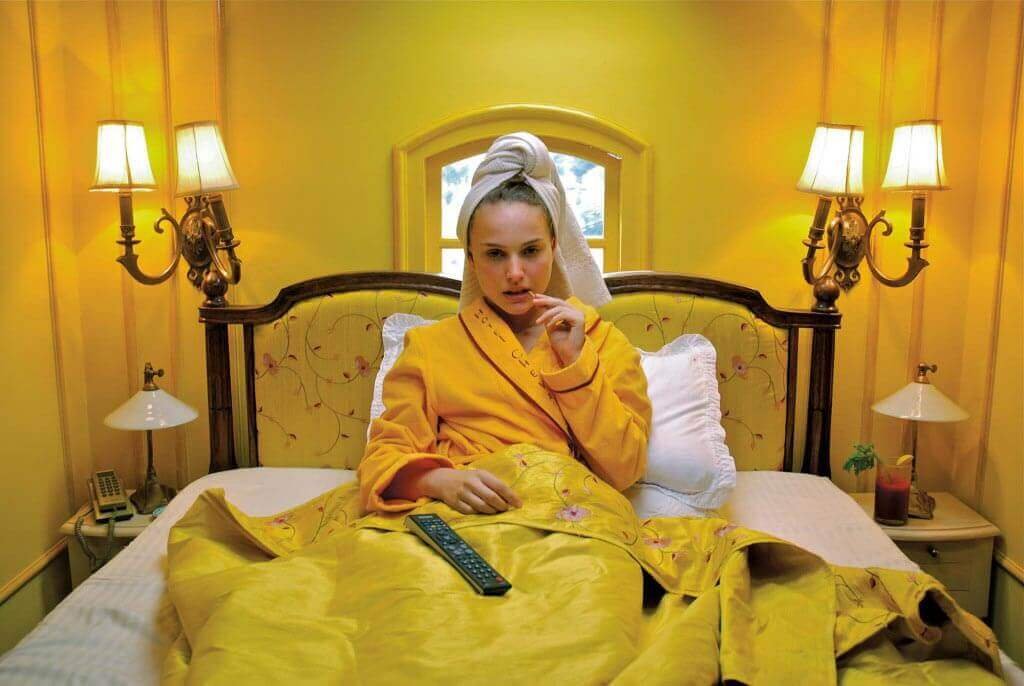Production Design for Commercials plays a crucial role in creating visually compelling and memorable advertisements. The design elements must align with the brand’s identity and effectively communicate the message to the target audience. Effective production design enhances the overall impact of a commercial, making it stand out in a crowded marketplace. Here’s a detailed look at the essential aspects of Production Design for Commercials and how to achieve outstanding results.

Understand the Brand and Message
To excel in Production Design for Commercials, it’s vital to have a deep understanding of the brand and the message being communicated. Start by analyzing the brand’s identity, values, and target audience. This insight will guide your design choices, ensuring that every element, from color schemes to props, aligns with the brand’s image. For instance, if the brand is known for its eco-friendly products, incorporating natural materials and green tones can reinforce this message. Understanding the brand and message helps create a cohesive and impactful visual narrative.
Create a Visual Concept
Once you have a grasp of the brand and message, the next step in Production Design for Commercials is to develop a visual concept. This involves conceptualizing the look and feel of the commercial, including the overall aesthetic, color palette, and design elements. Begin by sketching or creating mood boards that illustrate your ideas and how they will translate on screen. For example, if the commercial aims to evoke a sense of luxury, incorporating high-end materials and sophisticated lighting can achieve this effect. A well-defined visual concept serves as a blueprint for the entire production design process.
Select Appropriate Set and Props
Selecting the right set and props is a critical component of Production Design for Commercials. The set design should enhance the narrative and provide a believable environment for the commercial. Choose props that are not only relevant to the storyline but also complement the overall visual concept. For instance, a commercial showcasing a modern tech gadget might require a sleek, minimalist set with high-tech props. Properly selected sets and props help create a realistic and engaging atmosphere that supports the commercial’s objectives.
Focus on Lighting and Camera Angles
Lighting and camera angles significantly influence the effectiveness of Production Design for Commercials. Lighting should be designed to highlight key elements of the set and create the desired mood. For example, soft, diffused lighting can give a warm, inviting feel, while harsh, dramatic lighting can create a high-energy atmosphere. Additionally, consider how camera angles will interact with the set design. Strategic camera placement can enhance the visual impact and draw attention to specific features. Coordinating lighting and camera angles ensures that the design elements are showcased effectively and contribute to the overall narrative.
Coordinate with the Creative Team
Effective coordination with the creative team is essential for successful Production Design for Commercials. Work closely with directors, cinematographers, and producers to ensure that your design aligns with their vision and requirements. Regular communication and collaboration help to address any design challenges and make adjustments as needed. For instance, if the director envisions a dynamic camera movement, you may need to adjust the set design to accommodate this. By collaborating closely with the team, you can ensure that all elements of the commercial work together harmoniously.
Consider Post-Production Effects
Finally, consider how Production Design for Commercials will interact with post-production effects. Many commercials use visual effects, color grading, and digital enhancements to elevate the final product. Design elements should be compatible with these effects, ensuring that the overall look remains consistent and polished. For example, if the commercial will include CGI elements, make sure that the set and props complement these digital additions. By planning for post-production effects, you can create a seamless and visually cohesive final product.
Conclusion
Production Design for Commercials is a multifaceted process that requires careful planning and execution. By understanding the brand and message, creating a compelling visual concept, selecting appropriate sets and props, focusing on lighting and camera angles, coordinating with the creative team, and considering post-production effects, you can achieve outstanding results. Effective production design enhances the impact of commercials and helps communicate the brand’s message in a memorable way. Embrace these strategies to excel in production design and create commercials that captivate and engage audiences.




